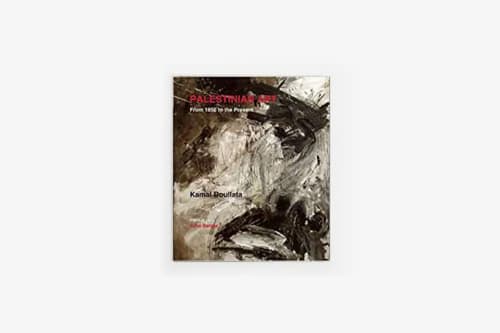About the Book
Kamal Boullata offers the first insider’s study of Palestinian art. The only authoritative account in English yet published, this scholarly analysis presents insights into the development of Palestinian art before and after the cataclysmic events of 1948 during which Palestinian society was uprooted and dispersed.
Palestinian Art includes the pioneering work of those who ventured into easel painting before 1948, of refugees who made their debut in the Arab world and whose art left its deep imprint on the development of modern Arab art, and more recent work by artists making inroads into the international art scene.
Boullata also discusses the work of artists who continued to live in their homeland. Representations of home and exile, the ongoing struggle between innovation and tradition, the relationship between verbal and visual expression and the role of women artists in Palestinian modernism are key areas of focus in this work.
The book covers artists using conventional studio techniques such as painting, sculpture and mixed media, as well as younger artists employing tools such as video, photography and installation.
With a preface by John Berger, and over 200 colour and black and white illustrations this compendium is essential for the expert and enlightening for the general reader.
About the Author
Kamal Boullata was a Palestinian painter and writer. Public collections holding his art include the British Museum, London, the Institut du Monde Arabe, Paris and the New York Public Library. His writings on Arab and Palestinian art have appeared in exhibition catalogues, anthologies and periodicals including the Journal of Palestine Studies and the Encyclopedia of the Palestinians. He is the author of Palestinian Art: From 1850 to Present, Recovery of Place: A Study of Contemporary Palestinian Art (in Arabic) and the editor of Belonging and Globalisation: Critical Essays on Contemporary Art and Culture.